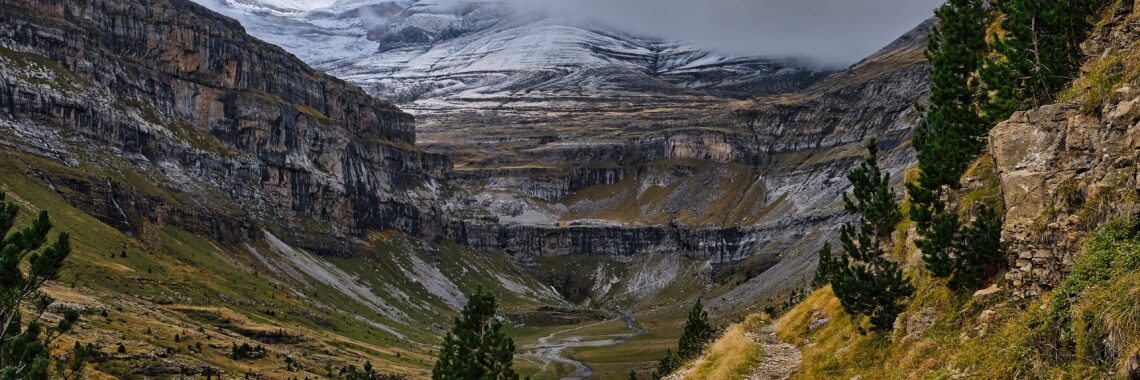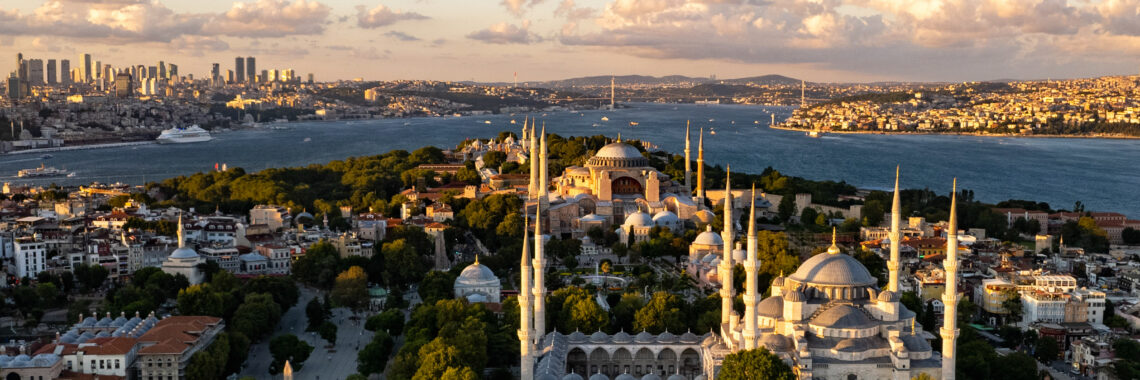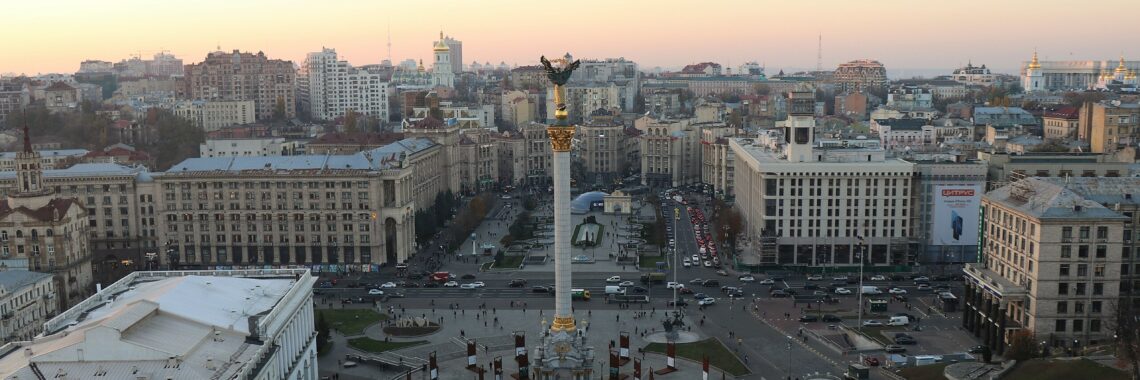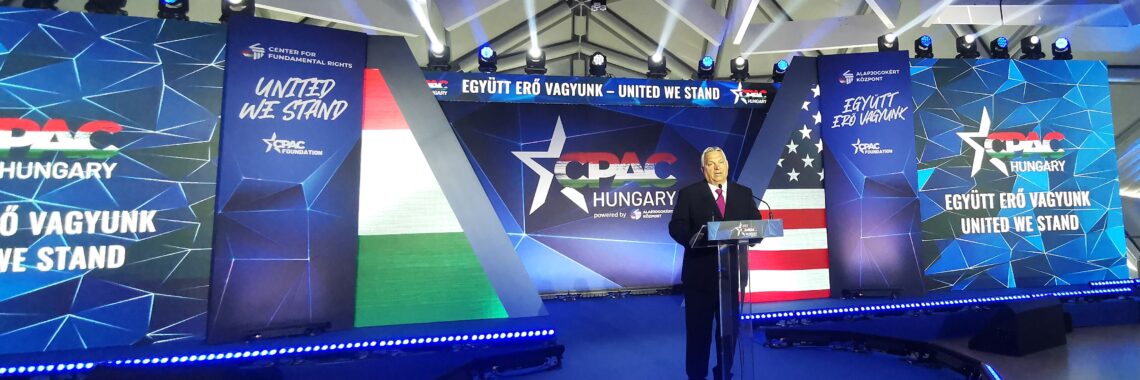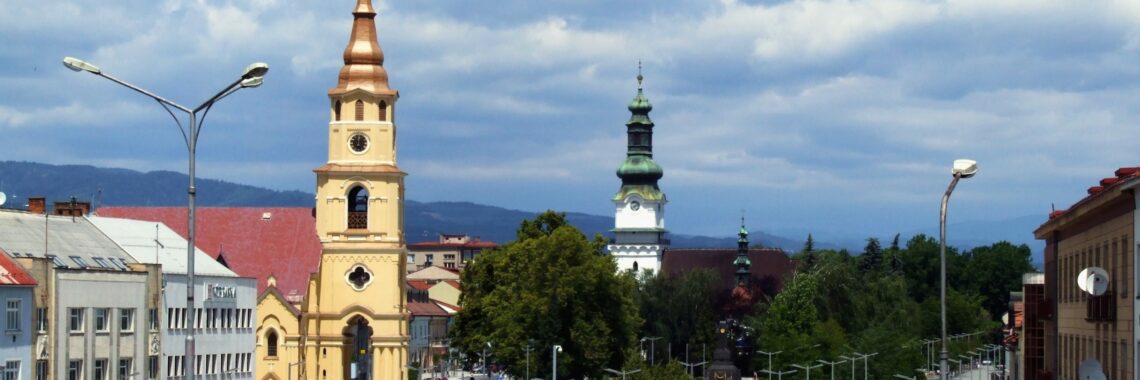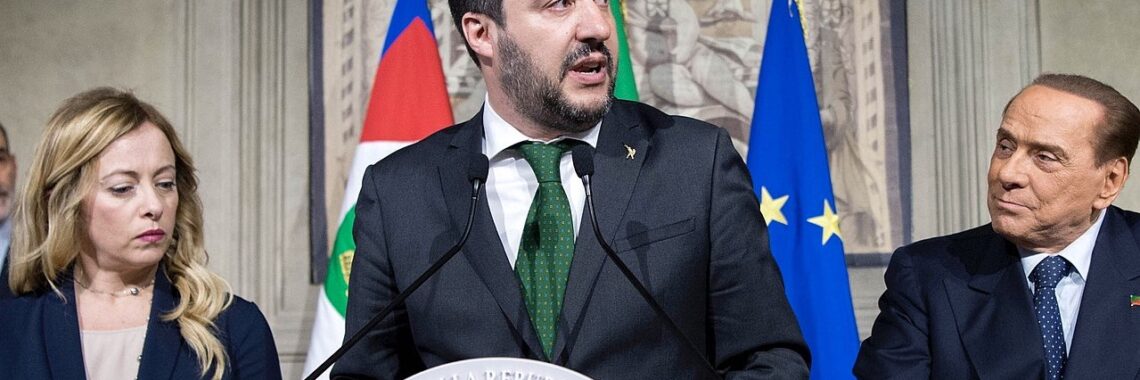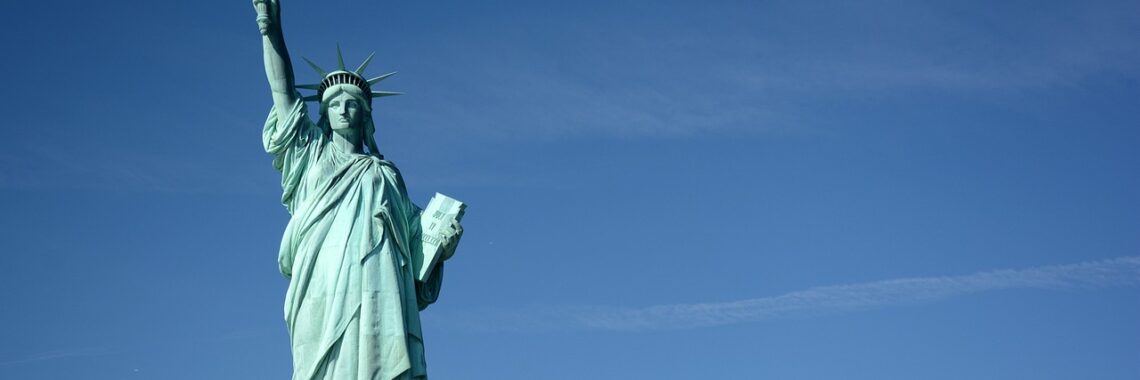“Secularity, Dignity, and Human Rights: A Review of Human Rights in a Divided World by David Hollenbach, S.J.” by David Little
View from the Arc de Triomphe in France by Pierre Blaché (CC0 1.0.) In a definitive study of the origins, drafting, and intent of the Universal Declaration of Human Rights, Johannes Morsink calls attention to a deep, widespread division of opinion within religious communities toward human rights (285). He points out that representatives of most…



